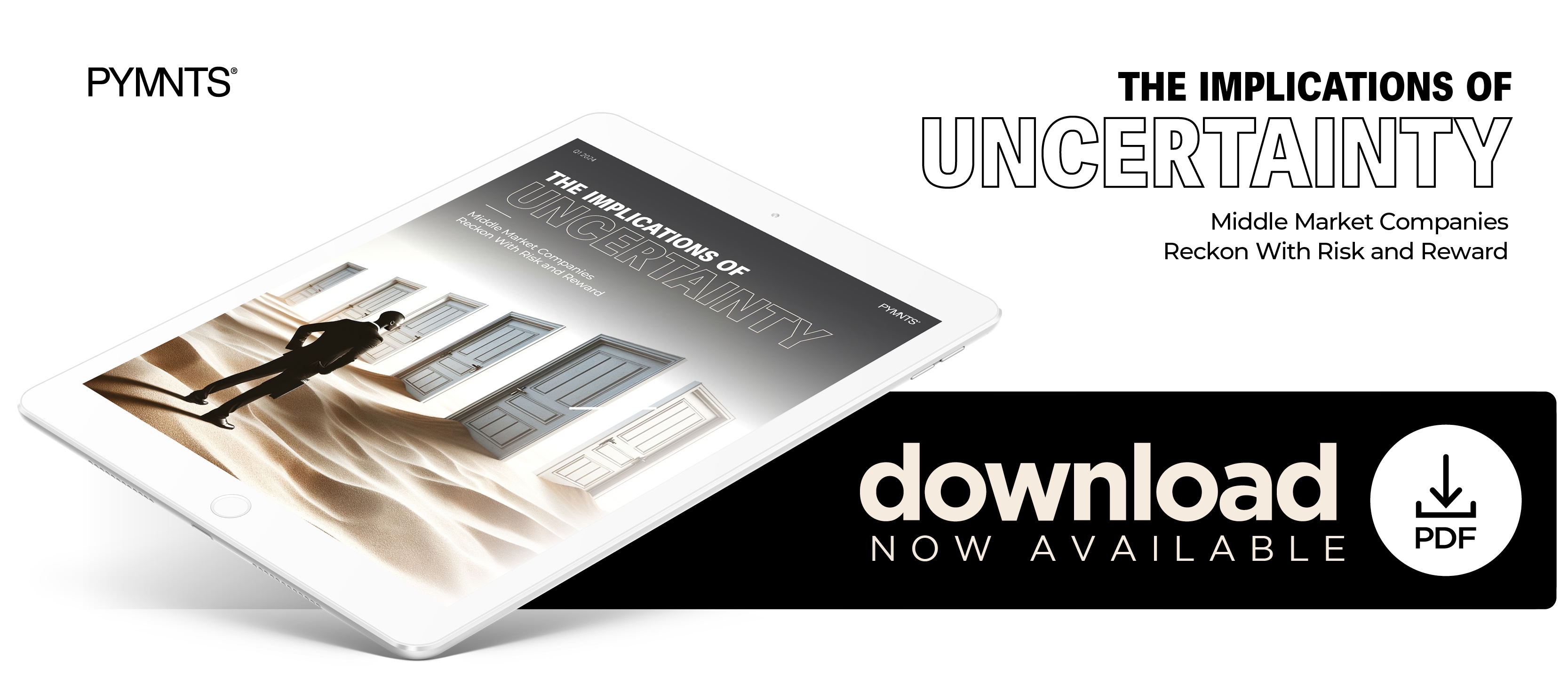Can Open Banking Increase Consumer Trust in New Payments Tech?
Open banking is empowering consumers and the businesses they work with to adapt amid uncertainties, Trustly founder and CEO Alex Gonthier writes in the new PYMNTS eBook, “The Implications of Uncertainty.”
The economy is still feeling the aftermath of the pandemic, which completely disrupted the way we live and work. The outbreak of war in Europe and the Middle East also drives inflation, unease and uncertainty about the future. I don’t recall any other time in my life when so much changed in such a short period of time. In the U.S., consumers changed their physical location, their shopping habits and their spending patterns, leaving businesses guessing who they’re working with and what their customers may need. Against this new backdrop, the assumptions we worked off of five years ago seem nearly meaningless now.
As the world shifted online at an accelerated rate, old payment habits have changed. For instance, most consumers are shifting from bill pay on their banks’ sites/apps, which were the center of their financial lives, to paying directly on their billers’ sites/apps. The advent of open banking is helping that shift of power even further toward consumers and the businesses they want to work with. Businesses can now establish a new connection with customers and leverage their banking data, such as income and spending activity. The resulting cash flows, in real time, provide businesses with better insights and actionable information to adjust their strategies for today’s consumers.
The businesses we work with are constantly seeking ways to add value to their customer base. New consumer insights uncovered through open banking data can help businesses create better loyalty programs and provide tailored incentives to improve satisfaction and retention and reduce churn. Not only do businesses get better quality consumer data that’s up to date, but consumers also benefit by getting tailored deals and incentives that meet their needs.
Separately, new advancements in artificial intelligence (AI) have enabled fraudsters to step up their attacks with more sophisticated methods to breach merchant databases or commit largescale fraud. To mitigate these risks and address the lapses in consumer identification, account verification and fraud prevention, Trustly’s proprietary risk engine leverages advanced data science and machine learning to identify potential risks and optimize decision-making processes for consumer accounts. Additionally, our technology extends the already powerful set of identification tools banks use, creating two layers of protection and data security. This enables open banking payments, which are built on top of online banking data, to be more convenient and safer than many other payment options, e.g. approving more transactions, and at a lower cost than cards. Through open banking, businesses become empowered to anticipate and respond effectively to uncertainties created by the risk of fraud, allowing them to minimize disruptions and maximize opportunities for growth.
With open banking at the core of our approach, we’re proactively shaping the future of financial services, putting the bank account back at the center of people’s financial lives. Trustly offers businesses a simple and safe approach to connecting with customers via open banking, and our innovative solutions are at the forefront of a new wave of customer relationship management that can help businesses weather uncertainty ahead.

